So my 1981 XS400SH I have had 20 years (old reliable), got a crack in the manifold boot, ran lean and hot, melted a plug, and broke a valve. Now after a head rebuild and new valves and guides (and a new tank), and several valve adjustments, it idles great and roars when I get up to speed, but the throttle response is slow - and acts differently when warm and choke off vs. on - and definitely missing some HP. Also gets very hot very fast.
From this helpful site, I learned that order is :
Valves (done, 3x), runs great
Carb synch (done)
Carb mix (never touched)
Carb idle (nice 1100rpm)
No compression leaks I could find – seems all nice and tight and sounds great. Maybe exhaust leak at manifold output (tightened as much as I could before I feared breaking the mounts off) – but I don’t see this being the reason for throttle delay/HP.
Every article on this site talks that about this says carbs clean/adjust.
http://www.xs400.com/threads/poor-throttle-response.8105/
http://www.xs400.com/threads/terrible-throttle-response.5972/
One thought is messing with the fuel mix screws (which may have been adjusted to account for the leak I had – and I need a richer mix without the leak) - but as far as I know it has only been factory tuned and am afraid to adjust it. I feel like a kid playing with heart surgery messing with them - and would rather have someone who knows what is up.
Wish I knew a carb nut to test adjustments before I go there – it ran GREAT until the day I broke down, and I fear that taking it apart to clean will not end well - and dont wanna touch it if I dont need to - I fear it wont end well.
Anyone have any thoughts??? No one around hear will touch a bike over 20 years old unless it says Harley on it!
Chad
From this helpful site, I learned that order is :
Valves (done, 3x), runs great
Carb synch (done)
Carb mix (never touched)
Carb idle (nice 1100rpm)
No compression leaks I could find – seems all nice and tight and sounds great. Maybe exhaust leak at manifold output (tightened as much as I could before I feared breaking the mounts off) – but I don’t see this being the reason for throttle delay/HP.
Every article on this site talks that about this says carbs clean/adjust.
http://www.xs400.com/threads/poor-throttle-response.8105/
http://www.xs400.com/threads/terrible-throttle-response.5972/
One thought is messing with the fuel mix screws (which may have been adjusted to account for the leak I had – and I need a richer mix without the leak) - but as far as I know it has only been factory tuned and am afraid to adjust it. I feel like a kid playing with heart surgery messing with them - and would rather have someone who knows what is up.
Wish I knew a carb nut to test adjustments before I go there – it ran GREAT until the day I broke down, and I fear that taking it apart to clean will not end well - and dont wanna touch it if I dont need to - I fear it wont end well.
Anyone have any thoughts??? No one around hear will touch a bike over 20 years old unless it says Harley on it!
Chad

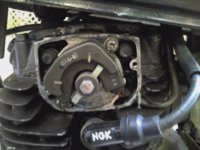
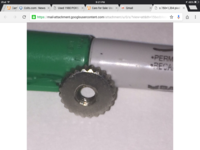
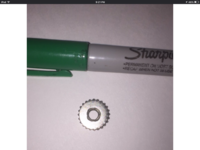
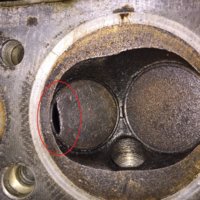
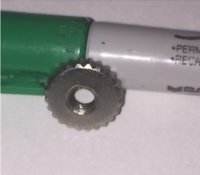
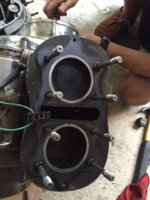
 I think its safe to assume thats where your problem lay lol
I think its safe to assume thats where your problem lay lol